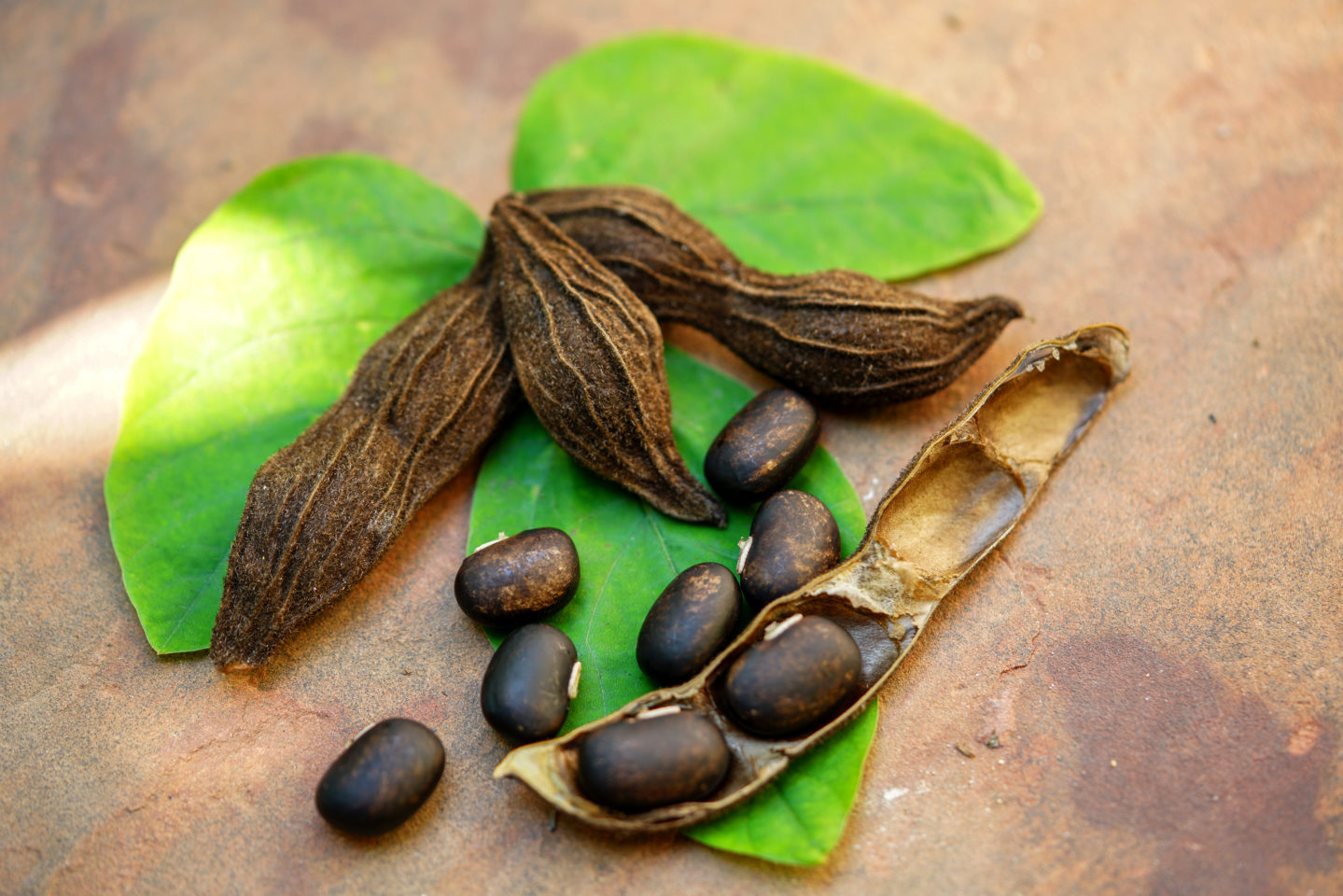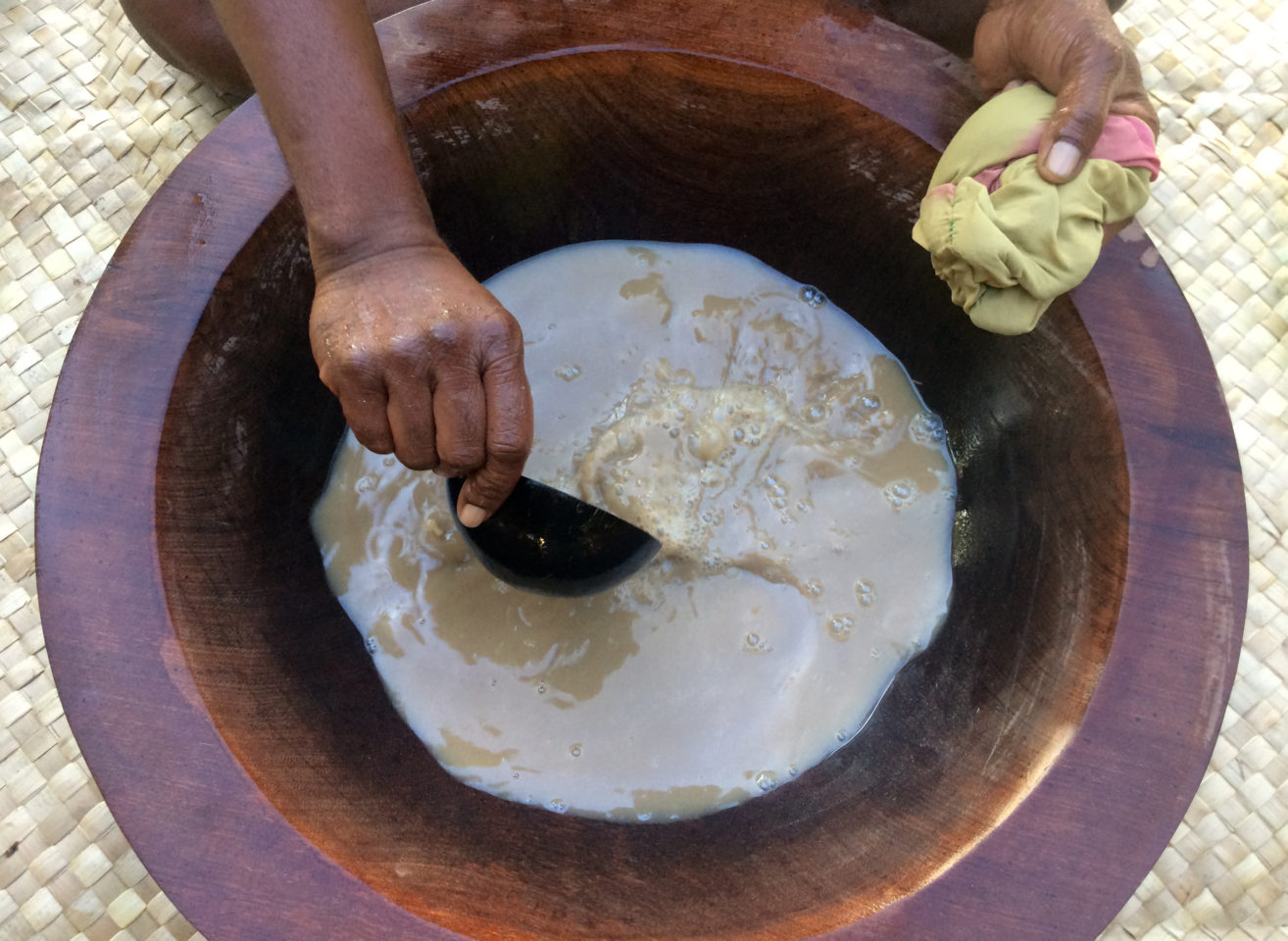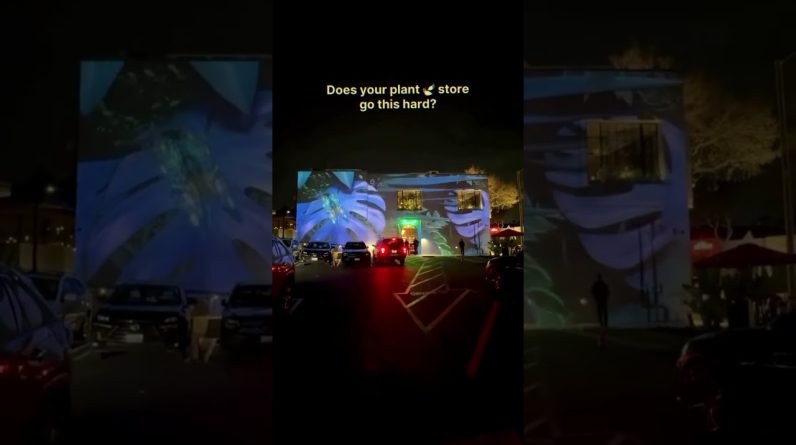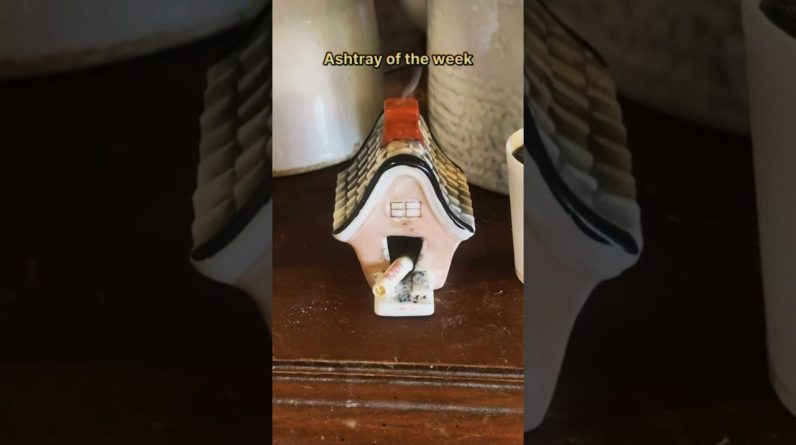Though psychedelics won’t be legalized in the United States any time soon, a beverage containing psychoactive substances can now be consumed without fear of persecution. Distributed by retailer Urban Outfitters, of all businesses, Psychedelic Water is not going to make you feel like you’ve taken DMT or even LSD. However, its main ingredients more or less belong to the same taxonomic family.
Launched in February 2021, Psychedelic Water can be purchased at Urban Outfitter stores across the country, including states where cannabis is still considered a schedule 1 narcotic. Beverages are also sold on the brand’s own website, where chrome-colored cans go for $33,- per six pack. Flavors include Prickly Pear, Oolong + Orange Blossom, Hibiscus + Lime, and Blackberry + Yuzu.
Urban Outfitters is but one of many corporations trying to carve out a space for itself in the up and coming psychedelics market. Back in April, the Fontainebleau Miami Beach hotel hosted the very first Benzinga Psychedelics Capital Conference. Under the heat of the scorching Florida sun, entrepreneurs speed-dated with investors from Big Pharma and Silicon Valley to see if, together, they could take America’s psychedelics industry “to the next level.”
It’s an industry with several faces. On the one hand, there’s activists campaigning for the recreational usage of LSD, MDMA, ketamine and any other psychedelics under the sun. On the other, there are rogue researchers hoping to use these drugs not for fun, but to develop revolutionary treatments for physical and mental illnesses. Last but not least, there are companies that promote products made using less potent and—crucially—legal varieties of psychedelics.
These varieties can be found in tinctures, topicals, eye drops and other concoctions whipped up by forward-thinking wellness and beauty brands. Like homeopathic remedies, they are said to cleanse auras, remove negative emotions and stimulate lucid dreaming. They might include Mucuna pruriens—a legume that contains a type of DMT—or boa vine, one of the main ingredients of ayahuasca.

It’s also one of the main ingredients in Lun, an oral tincture sold by the wellness company Soul Drops. “With only a few drops per day,” their website declares, “Soul Drops can empower your self-healing and optimization. Our clients report that they feel healthier, positive, energetic, emotionally balanced, focused, creative, inspired, calm, relaxed, intuitive, and grounded.”
Most legal psychedelic products, however, come in the form of beverages. This should not come as a surprise, as the market for both alcoholic and non-alcoholic beverages is bigger, busier, and more lucrative than ever before. Products competing in this market must cater to an increasingly fragmented audience: Spiked seltzers are for college students who want to get shitfaced without gaining weight; CBD-infused beers allow stoners to drink with non-stoner friends; LaCroix is for disillusioned office workers who’ve already had their 10th cup of coffee.
Psychedelic Water, says CEO Pankaj Gogia, is “for the people who are interested in, unsure about, or unfamiliar with psychedelics.” Gogia tells High Times their product acts as an “entry point into the wider world of these substances and their many benefits” and resonates with those “who just want to sip on something that tastes good, makes you feel good, is better for you than alcohol, and won’t have you texting your ex or waking up with a hangover.”
The three ingredients that make Psychedelic Water psychedelic are kava, damiana and green tea leaf extract. Kava, the supposed star of the show, is a plant native to the South Pacific that—when grounded, mixed with water, and taken in small doses—relaxes the muscles and produces a feeling of euphoria without impairing your cognition. Aboriginal Australians have been brewing kava for centuries, for ceremonial purposes. Kava bars have also become popular in major American cities.

Damiana is a shrub native to Mexico, Central America, and the West Indies. Its leaf and stem can be fashioned into a homeopathic medicine that treats headaches, constipation, stomach cramps, bedwetting, and depression, as well as bladder, urinary and sexual problems. It is also used as an aphrodisiac, boosting arousal in both men and women. Damiana causes a subtle high that nicely compliments kava.
Last but not least: green tea leaf extract. Though not psychedelic, the extract is a natural source of caffeine. This caffeine is used to balance out the effects of kava, a depressant which can leave you feeling tired and lethargic. When mixed, these three ingredients produce a sensation which—though vastly different from weed or alcohol—is nonetheless suitable for social settings.
The public image of psychedelic substances is changing rapidly. During the War on Drugs, they were presented as dangerous and addictive. Modern research has dispelled this myth, with drugs like ketamine now being used to treat depression, PTSD, and other forms of mental illness. At the same time, Netflix documentaries like Fantastic Fungi, Have a Good Trip and How to Change Your Mind are trying to normalize recreational usage.
And yet, despite these major developments, many people remain hesitant. This is, admittedly, kind of understandable. In the not-so-distant past, the only way to start exploring psychedelics was to jump in the deep-end, popping a pill at a music festival and praying to God for a good trip. Nowadays, you can start your journey by cracking open a can on your couch while pacing yourself with every sip.
Gogia says Psychedelic Water makes him feel “similar to the way I feel about five minutes after ingesting some psilocybin. There’s this short window, prior to visuals beginning to kick in, where I just feel nice. This wave of relaxation and positive feelings roll over me (…) Psychedelic Water takes that feeling and holds it.”
To be clear, Psychedelic Water will not cause you to see any kaleidoscopic visuals. Or, at least, it isn’t meant to. Instead, the beverage was designed to capture some of the milder and subtler effects of conventional psychedelics and allow consumers to experience them in a new way.
If you prefer your drinks hot, you might want to turn to Third Eye Tonic, a lucid dream-inducing tea offered by Anima Mundi Herbals. It’s made up of nervines, or plants that are consumed to support the nervous system. Ingredients include kava, passionflower, organic skullcap, and blue lotus, the latter of which targets the same receptors as MDMA and, when prepared in a slightly different way, causes hallucinations. “[These plants] basically lay the foundation for you to secrete your own chemicals yourself,” Anima Mundi’s Costa Rican founder, Adriana Ayales, told the trade publication Beauty Independent.
As exciting as these semi-legal psychedelic products are, they do raise a couple questions. Do these products offer any real, tangible benefits, or are the fleeting sensations they produce just placebos? Are some of these companies actually steeped in indigenous traditions, or are they merely exploiting them for monetary gain? It’s been known to happen elsewhere, with North American mezcal producers faking their Mexican heritage. Also some of these down-to-earth beauty brands, which supposedly contain water from the Amazon river, don’t sound particularly sustainable.
Psychedelic Water has also been scrutinized by the press. As MEL magazine points out in their review of Psychedelic Water, “doctors aren’t sure how much kava a person can safely consume.” Scholarly articles identified a possible link with long-term liver damage, a discovery that led countries like Australia, Canada, France, and Germany to issue warnings or even ban over-the-counter sales.
Gogia is intimately familiar with these articles, which were published during the late 90s and early 2000s, when attitudes towards kava were still shaped by the War on Drugs. “In the majority of these accounts,” he tells High Times, “other factors such as alcohol consumption and use of certain medications are relevant, as well as consumption of improperly harvested and stored kava.”
As production quality improved over the past few decades, the connection between kava and liver damage was again called into question. This time, studies reached different results. As early as 2004, an evaluation of Food Standards Australia New Zealand determined “there is no evidence that occasional use of kava beverage is associated with any long-term adverse effects, including effects on the liver.”
Their conclusion was reiterated as recently as 2016 by the Food and Agriculture Organization of the United Nations, which stated that “on balance, the weight-of-evidence from both a long history of use of kava beverage and from the more recent research findings indicates that it is possible for kava beverage to be consumed with an acceptably low level of health risk.”
These concerns stem from the same social stigma that’s surrounded psychoactive substances since the 70s. Gogia and his colleagues know the stigma won’t disappear overnight. Still, they hope the success of Psychedelic Water might speed up the process a little: “We feel having a psychedelic-branded product on the shelves of your local convenience store, between cans of Red Bull and jugs of milk, could have a significant impact on the public perception and normalization of psychedelics.”
The post A Trip Through the Booming Industry of Semi-Psychedelic Products appeared first on High Times.





